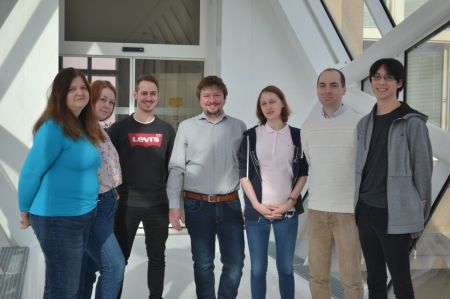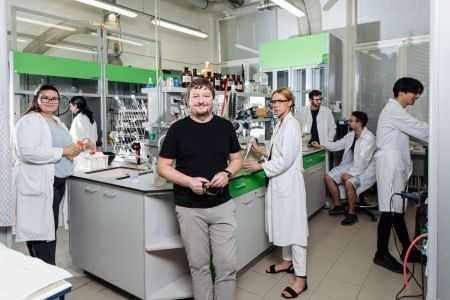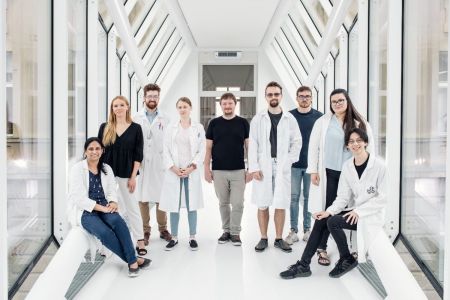
Who we are and what we are interested in?
Start-up group: Dynamic systems chemistry for adaptive organic materials (since January 2021)
Molecules are constantly moving and interacting with other molecules and their environment. If these interactions involve bond formation and its breakage, sharing reactants/products, a whole reaction network is created. The boundaries between the phases are an important phenomenon, e.g. for membranes, for heterogeneous catalyst, for living cells. While reaction networks deal with covalent bonding between atoms, an interface is responsible for surface adsorption and self-assembly of whole molecular systems. We aim to investigate complex reaction networks coupling covalent and non-covalent interactions at surfaces and phase interfaces as a tremendously exciting direction of research.
We give high importance to international mobility because we see it as a key tool for the growth of both students and researchers. We are proud of the diversity of our group and we strongly support international cooperation programs (e.g. Erasmus+, internships, etc.).
If you are a motivated student endorsing organic synthesis as a tool to discover functionality of molecular assemblies that goes beyond the state-of-the-art, join us!





